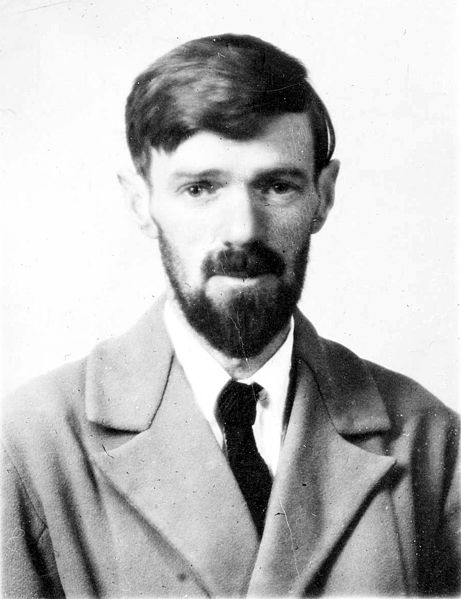D.H. Lawrence (1885-1930)
163 Biography

David Herbert Lawrence, born on September 11, 1885 was an English novelist, poet, playwright, essayist, literary critic, and painter who published as D. H. Lawrence. His collected works, among other things, represent an extended reflection upon the dehumanising effects of modernity and industrialisation. In them, some of the issues Lawrence explores are emotional health, vitality, spontaneity, and instinct.
Lawrence’s opinions earned him many enemies and he endured official persecution, censorship, and misrepresentation of his creative work throughout the second half of his life, much of which he spent in a voluntary exile, which he called his “savage pilgrimage.”
At the time of his death, on March 2, 1930, his public reputation was that of a pornographer who had wasted his considerable talents. E. M. Forster, in an obituary notice, challenged this widely held view, describing him as, “The greatest imaginative novelist of our generation.” Later, the influential Cambridge critic F. R. Leavis championed both his artistic integrity and his moral seriousness, placing much of Lawrence’s fiction within the canonical “great tradition” of the English novel.
From Wikipedia.
Media Attributions
- Passport photograph of the British author D. H. Lawrence © Beinecke Rare Book & Manuscript Library, Yale University is licensed under a Public Domain license

